Description
This edition of Calculus Late Transcendentals maintains those aspects of previous editions that have led to the series’ success—we continue to strive for student comprehension without sacrificing mathematical accuracy, and the exercise sets are carefully constructed to avoid unhappy surprises that can derail a calculus class.
The ninth edition continues to provide engineers with an accessible resource for learning calculus. The book includes carefully worked examples and special problem types that help improve comprehension. New applied exercises demonstrate the usefulness of the mathematics. Additional summary tables with step-by-step details are also incorporated into the chapters to make the concepts easier to understand. The Quick Check and Focus on Concepts exercises have been updated as well. Engineers become engaged in the material because of the easy-to-read style and real-world examples.
This is really a great book to learn. Calculus writing is clear, and examples move from easy to difficult. If you are studying on your own, we recommend that you obtain this or any other previous edition of the book, together with the solution that solves all the problems. If you are teaching yourself to do calculations, you do not need the best and latest book. Save money and buy an old classic like this. If you can not find it, consider borrowing it through a library.

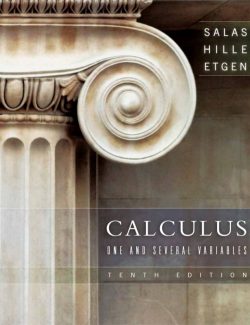
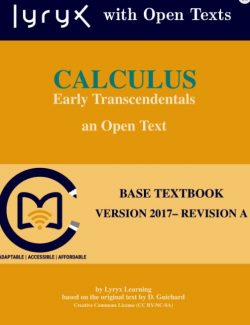
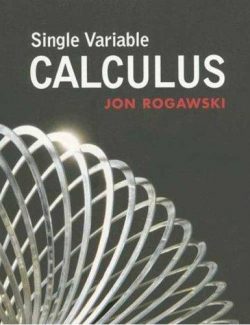

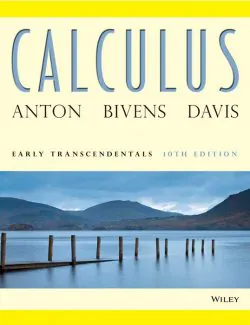
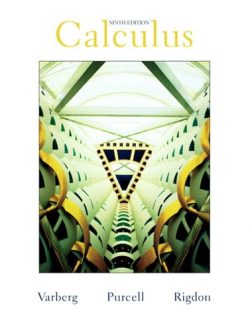
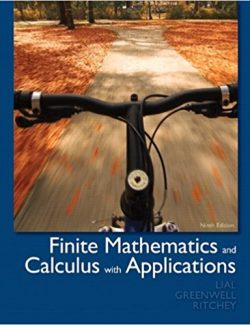
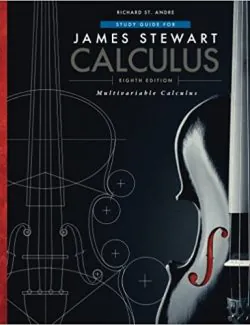
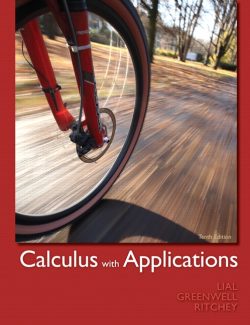
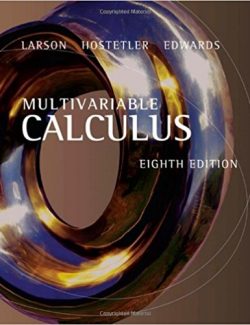
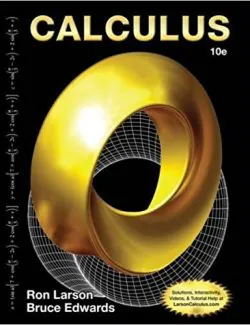
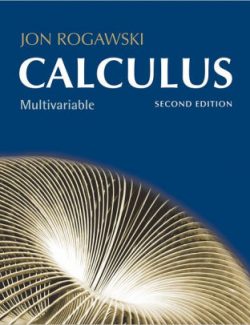
Leave us a comment
No Comments